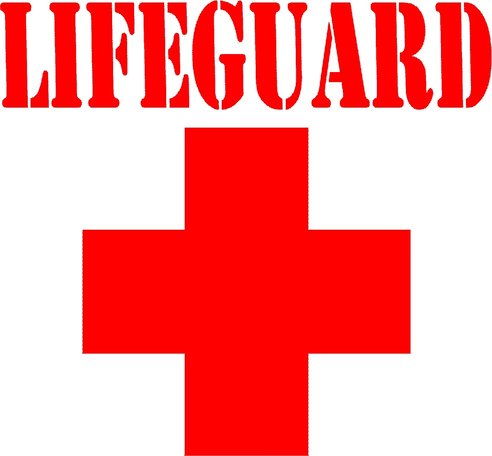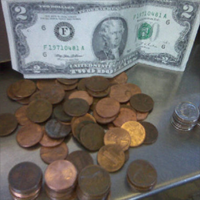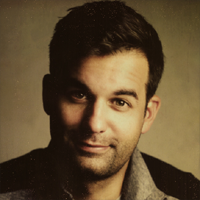I spent the five happiest years of my life in a morgue. As a forensic scientist in the Cleveland coroner’s office I analyzed gunshot residue on hands and clothing, hairs, fibers, paint, glass, DNA, blood and many other forms of trace evidence, as well as crime scenes. Now I'm a certified latent print examiner and CSI for a police department in Florida. I also write a series of forensic suspense novels, turning the day job into fiction. My books have been translated into six languages.
I always loved mysteries and detection, but didn't want to be a cop.
I may not be the best to ask since I'm not really on the front lines, I come in after the action is over, but in my opinion, yes. You don't get criminal masterminds in real life.
Sorry, I think that's something I used to know years ago but have since forgotten. I know the DNA can be cut, maybe by enzymes? into the sections of short tandem repeats. But I haven't done DNA analysis in 20 years, so my skills are not up to date. Sorry I couldn't help!
Sorry, but no. I’ve never been involved in the psychology of the suspects.Best of luck!
Lifeguard
 Did you ever have to perform CPR or mouth-to-mouth on a swimmer?
Did you ever have to perform CPR or mouth-to-mouth on a swimmer?
Toll Collector
 What happens when a car blows past a tollbooth without paying?
What happens when a car blows past a tollbooth without paying?
Stand-Up Comedian
 What's your worst bombing story?
What's your worst bombing story?
Who’s Roger Stone?
Generally about a 6 to 10% identified rate is good. Many prints that are collected at scenes by officers are ‘not of value for comparison ‘ (smudges or only have a few ridges) and many that are good belong to the victim or their friends, family, employees etc.
That depends entirely on where you want to work and what you want to do. If you want to do DNA analysis and testify in court about it, you may need a PhD in genetics. If you want to work at crime scenes bagging and tagging evidence, you may need only a high school diploma, with added hireability for advanced degrees. The only way to know is to check job opening notices or call the agencies and ask. Best of luck to you.
-OR-
 Login with Facebook
Login with Facebook (max 20 characters - letters, numbers, and underscores only. Note that your username is private, and you have the option to choose an alias when asking questions or hosting a Q&A.)
(A valid e-mail address is required. Your e-mail will not be shared with anyone.)
(min 5 characters)
By checking this box, you acknowledge that you have read and agree to Jobstr.com’s Terms and Privacy Policy.
-OR-
 Register with Facebook
Register with Facebook(Don't worry: you'll be able to choose an alias when asking questions or hosting a Q&A.)